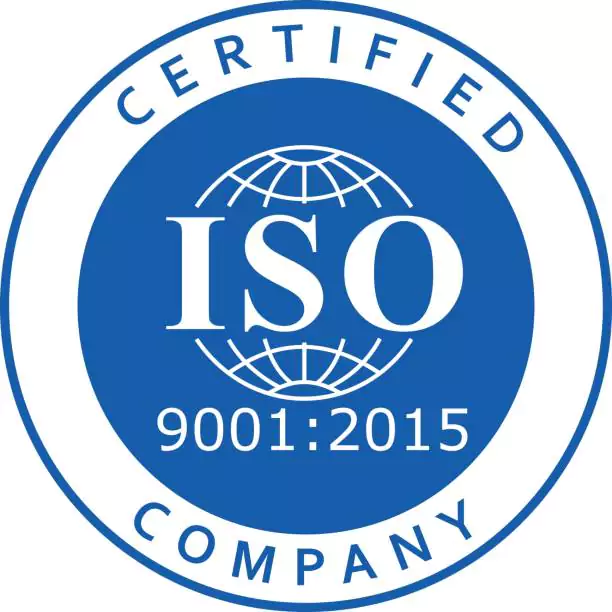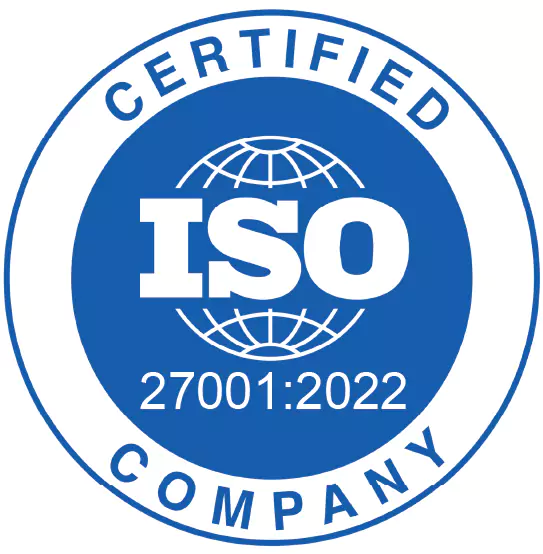The global Aramid Fibers Market is estimated to be valued at USD 3.79 Billion in 2024, exhibiting a CAGR of 9.1% over the forecast period (2024-2031). The market is primarily driven by the increasing use of aramid fibers in automotive and industrial applications owing to their high strength and heat resistant properties. Aramid fibers find wide usage in manufacturing brake pads, hoses, gaskets, and other components in automobiles due to their ability to withstand high temperatures. Furthermore, the growth of the construction and infrastructure industries is also fueling the demand for aramid fibers in applications such as reinforcement of concrete structures.
The global aramid fibers market is expected to be driven by two key factors over the forecast period - growing automotive production worldwide and expanding industrial sector in emerging economies. The increasing demand for lightweight and high-performance materials from the automotive industry to improve fuel efficiency is a major driver. Aramid fibers help reduce the weight of vehicles while maintaining structural integrity. Additionally, the strong economic growth in developing nations such as India, China, and Brazil is propelling the infrastructure and construction activities, thus augmenting the utilization of aramid fibers in cement reinforcement and building
Growing Demand from the Automotive Industry is driving the Global Aramid Fibers Market
The automotive industry has seen significant growth in the use of aramid fibers in recent years due to their properties like high strength, heat resistance, and low density. Aramid fibers are increasingly being used in applications like brake pads, bushings, engine mounts, wiring harnesses, and other safety critical components to improve durability and reduce vehicle weight. As fuel efficiency standards become more stringent globally, automakers are actively looking to reduce vehicle weight through the use of advanced composite materials like aramid fibers. The growing demand from automakers to make vehicles lighter yet stronger is expected to drive the demand for aramid fibers in the coming years.
Rising Usage in Body Armor and Ballistics Vests is Boosting Market Growth
Aramid fibers find major usage in the manufacture of bulletproof vests and body armor due to their high strength-to-weight ratio and heat resistance. Body armor manufactured using aramid fibers can stop rifle bullets and knife attacks. With rising geopolitical tensions and increased terrorist activities across the world, the demand for ballistic protection equipment from military and law enforcement agencies has surged tremendously. Stringent safety regulations in industries like oil & gas and construction are also propelling the consumption of protective clothing made using aramid fibers. The ballistics and defense application segment is projected to remain a key revenue generator for the aramid fibers market in the foreseeable future.
High Production Costs Pose a Significant Challenge
The production of aramid fibers is a complex process involving several chemical reactions and production stages. This makes the manufacturing of aramid fibers a highly capital-intensive and energy-intensive operation. The raw materials required for the production of aramid polymers like phenylamine are also expensive. Additionally, aramid fibers have low raw material strength and require additional post-production processes like spinning and weaving to develop high strength. All these factors contribute to the high overall costs associated with aramid fiber production. The higher prices of aramid fibers compared to substitute fibers like carbon and glass restrict their usage in some cost-sensitive applications.
Growing Infrastructure Development Offers Lucrative Opportunities
The infrastructure industry involving construction of roads, bridges, buildings, and energy & power projects has been growing substantially across both developed and developing economies. Aramid fibers are increasingly replacing steel and conventional fibers in construction applications owing to their corrosion resistance, high strength, and flexibility. They provide reinforcement to concrete and find usage in cables, ropes, geo-membranes, and reinforced panels. The ongoing infrastructure push in countries across Asia Pacific and Middle East provides extensive opportunities for the employment of aramid fibers in construction. Overall, the infrastructure sector will remain an important end-user industry bolstering the prospects of the global aramid fibers market.
Substitute Availability from Natural Fibers is a Threat
While aramid fibers have superior mechanical properties, their usage is limited by high costs. This gives rise to substitute threat from cheaper but competitively performing natural fibers. Natural fibers derived from plants like flax, jute, ramie, and coconut offer partial substitutability for aramid fibers in non-critical applications. They have lower density and costs versus aramid and acceptable strength properties. Continuous R&D is underway to further enhance the properties of natural fibers so that they can replace aramid in more functional grades. The availability of surging natural fiber supply worldwide also poses a market threat for aramid.
Link - https://www.coherentmarketinsights.com/market-insight/aramid-fibers-market-5406
Key Developments
- Sinochem International is planning to significantly expand its para-aramid fiber production capacity to reach 8,000 tons annually by the year 2024.
- In 2023, DuPont, a leading materials science company, announced the launch of Kevlar EXO, a new generation of aramid fiber that the company claims is the most significant innovation in the field in over 50 years.
- In 2023, Sinochem International, a leading Chinese chemical company, expanded its presence in the aramid fiber industry chain, strengthening its position in this high-performance materials sector.
- In February 2020, DuPont, a leading materials science company, announced its plans to expand the global capacity of Nomex Paper, a specialized aramid-based material. This capacity expansion will be achieved through a joint venture partnership with Nippon Paper Papylia, a Japanese paper manufacturer.
- In February 2020, Hyosung Advanced Materials announced that it had signed an MOU for investment in the expansion of the latter′s aramid factory in Ulsan City. Under this MOU, Hyosung plans to invest a total of KRW 61.3 billion in its aramid factory in Ulsan, finish the expansion by the first half of 2021, and expand the factory′s production capacity from 1,200 ton to 3,700 ton a year.
Key Players
DuPont de Nemours Inc. , Teijin Limited , Kolon Industries Inc. , Yantai Tayho Advanced Materials Co. Ltd., Hyosung Corporation , Huvis Corporation , Aramid Hpm Co., Ltd. , Toray Industries Inc., SRO Group , Honeywell International Inc. , Taekwang Industrial Co., Ltd., Kolon Global Corporation , and SRO Group






